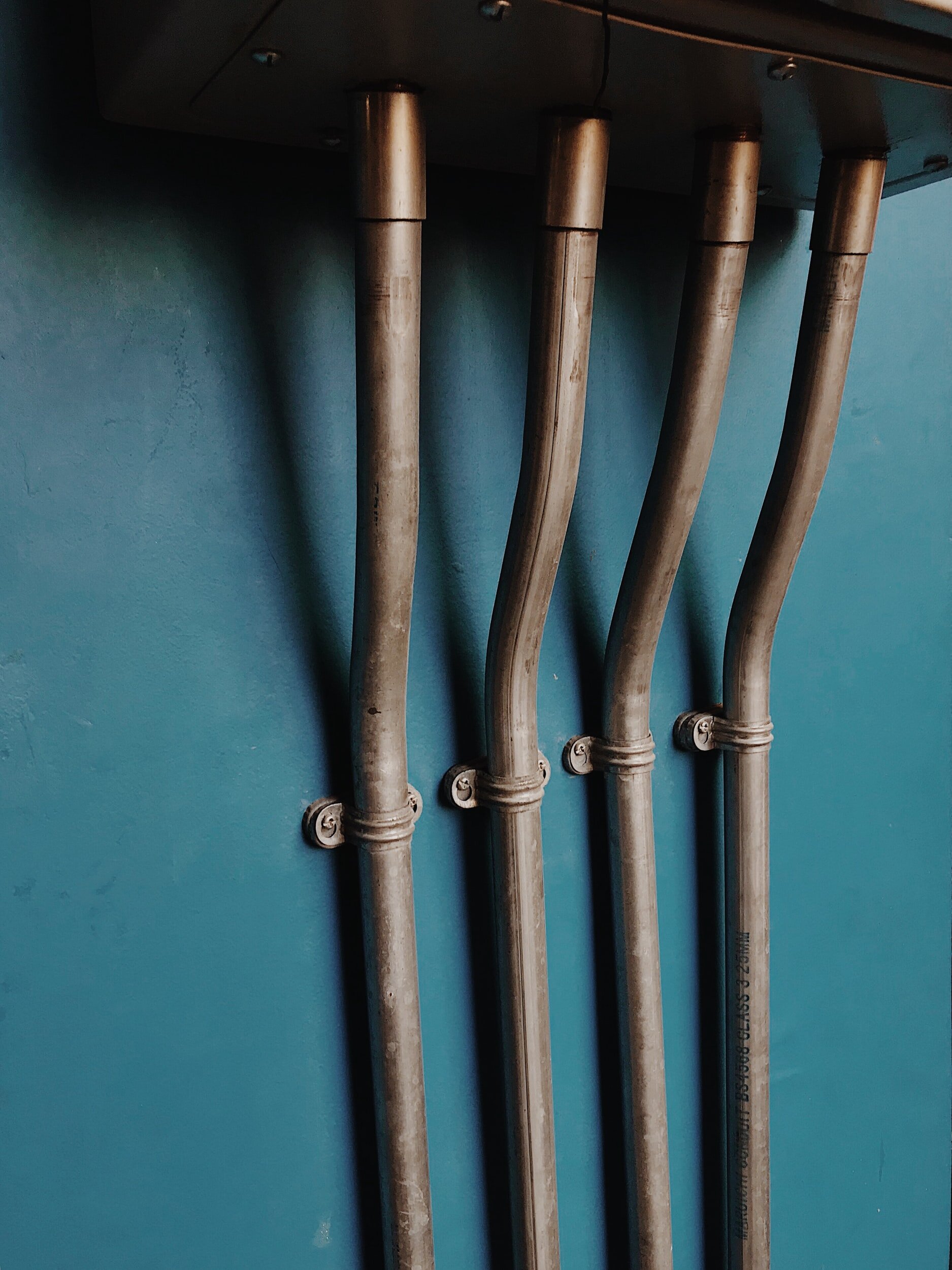An Inside Look at the CIPP Process

The CIPP process is a trenchless technology that restores underground pipe systems. This pipelining solution repairs faulty pipes by reinforcing them with an epoxy line. CIPP has revolutionized pipe repair, providing a more efficient and cost-effective solution to traditional excavation.
Read on as we delve into the CIPP process and break down its steps and benefits.
A Breakdown of the CIPP Process
CIPP uses a flexible liner that consists of fiberglass or polyester. Experts impregnate the liner with a thermosetting resin that eventually hardens to form a new pipe. They pull or push the resin through a small access point to help them lock in on the damage. The entire process is divided into four steps:
Assessment
Before the CIPP process can begin, a reputable contractor conducts a thorough assessment of the damaged pipe. Professional services run a video pipe inspection with fiber optic video cameras and other advanced technologies to determine the extent of the damage and the suitability of the CIPP process.
Preparation
Once the assessment is complete, experts prepare the damaged pipe for the CIPP process. This involves cleaning the pipe using high-pressure water jets and removing any debris or obstructions that may interfere with the installation of the liner.
Next, they set up a sewer bypass system to redirect the sewage to nearby pipes while the liner cures. This system is necessary only for large-diameter pipes, as experts can plug smaller ones during the repair.
Installation
After preparing the liner, experts insert it into the existing pipe using an inversion or drag-in lining method. The inversion method involves turning the liner inside out and pushing it into the pipe using compressed air. This method is common for wider pipes, such as sewer mains and stormwater pipes.
The drag-in lining method involves pulling the liner through the pipe using a winch or similar equipment. Then, the team inserts the line into the existing pipe through a utility hole, and uses a calibration hose to inflate the liner and ensure a snug fit. This practice is popular among smaller-diameter pipes, such as lateral sewer lines and drain lines.
Curing
Once the liner is in place, experts cure it using hot water, steam, or ultraviolet light. The curing process typically takes several hours, during which the thermosetting resin hardens to form a new, seamless pipe within the existing damaged pipe.
Cured-in-place pipe repair is the best option for your pipes as it strengthens them and prolongs pipe life. In addition, professional CIPP specialists will often finish the procedure within a day and save you the hassle of pausing your business activities.
Contact us at What is CIPP, where our specialist team has the equipment and expertise to restore your pipes to their pre-damage state. We always conduct a video inspection to assess the damage and help you determine the correct fix.